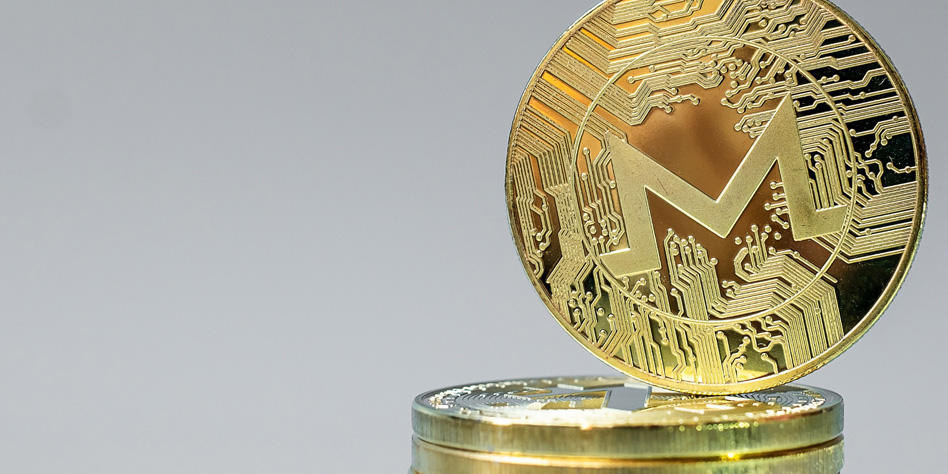
Owning multiple crypto wallets is a wise technique to store and manage different types of cryptocurrencies, including Monero. It offers diversification of assets, spreading risk and reducing the impact of a single wallet compromise. It enhances security through segregated funds and various security measures, mitigating the risk of a single point of failure. Several wallets bolster privacy and anonymity by keeping transactions separate, making tracking and association more challenging. They provide flexibility and convenience for various activities, like daily transactions, long-term storage, and participation in decentralized applications. Managing different XMR wallets may be intimidating initially, but these tips can help you handle your wallets easily.
1. Educate yourself.
There are many types of wallets, and each has benefits and disadvantages. Knowing each type and which one suits your needs will help you make sound decisions. The open-source web wallet XMRWallet.com is best for day-to-day transactions but may not be ideal for storing a considerable amount of XMR. You may need another wallet to keep the bulk of your coins.
Stay updated on Monero's latest developments, security practices, and recommended wallet options. Follow reliable sources of information and join Monero communities to learn from experienced users and gain insights into best practices.
2. Keep track of wallet addresses and seed phrases.
Maintain a record of all your wallets, including their addresses, private keys, and any relevant notes. This helps you stay organized and prevents confusion when accessing or managing your wallets.
3. Ensure secure storage.
Store your wallet information securely, such as keeping your private keys offline and in encrypted form. Consider using hardware wallets, which offer enhanced security by storing your private keys on a separate device, protecting them from potential online threats.
4. Test your wallets.
Send a small amount of Monero before transferring more to a new wallet, and make sure the wallet works correctly.
5. Use wallet labels.
Assign labels or names to your wallets based on their purpose or function. For example, you can label a wallet for daily transactions, another for long-term storage, and one for specific projects. This makes it easier to identify and differentiate between your wallets.
6. Backup your wallets.
Regularly back up your wallet data, including the seed phrases or recovery keys. This ensures you can restore your wallets in case of loss or hardware failure. Store the backups in secure locations, such as encrypted external drives or offline storage devices.
7. Update and maintain wallets.
Stay informed about wallet updates and security patches. Keep your wallets up-to-date with the latest versions to benefit from improved features, bug fixes, and enhanced security measures.
8. Be cautious with third-party wallets.
If you use third-party wallets, research their reputation and security practices. Make sure wallets are legitimate before using them to store Monero.
9. Regularly check your wallets.
Review your wallets periodically to verify balances, transaction history, and any incoming or outgoing transactions. This helps you detect any unusual activity or potential security breaches.
10. Practice good security habits.
Use strong, unique passwords for each wallet and enable two-factor authentication whenever possible. Be cautious of phishing attempts and only access your wallets through official and secure channels.
11. Consider multi-signature (multisig) wallets.
If you have significant Monero holdings, consider using multisig wallets. This involves multiple private keys and signatures required to authorize transactions, providing an extra layer of security and protection against unauthorized access.
12. Use crypto portfolio trackers or a spreadsheet.
Crypto portfolio trackers are apps that help you keep an eye on all your wallets in one place. You can also use a spreadsheet if you prefer an offline tracker.
13. Use different devices.
Consider using separate devices for different wallets to further enhance security. Have multiple wallets on different devices to reduce the risk of compromising all of them.
14. Be mindful of transaction fees.
Different wallets may have varying fee structures and transaction costs. Before making transactions, consider comparing the fees across your wallets to optimize cost-efficiency. Prioritize security and functionality over minimal fee differences.
15. Consider using a password manager.
When dealing with multiple wallets and their associated credentials, consider using a reliable password manager. A password manager securely stores and organizes your wallet passwords, reducing the risk of forgetting or losing access to your wallets.
You can effectively manage and secure your multiple Monero wallets using these tips to ensure smooth operations and protect your funds and privacy.
